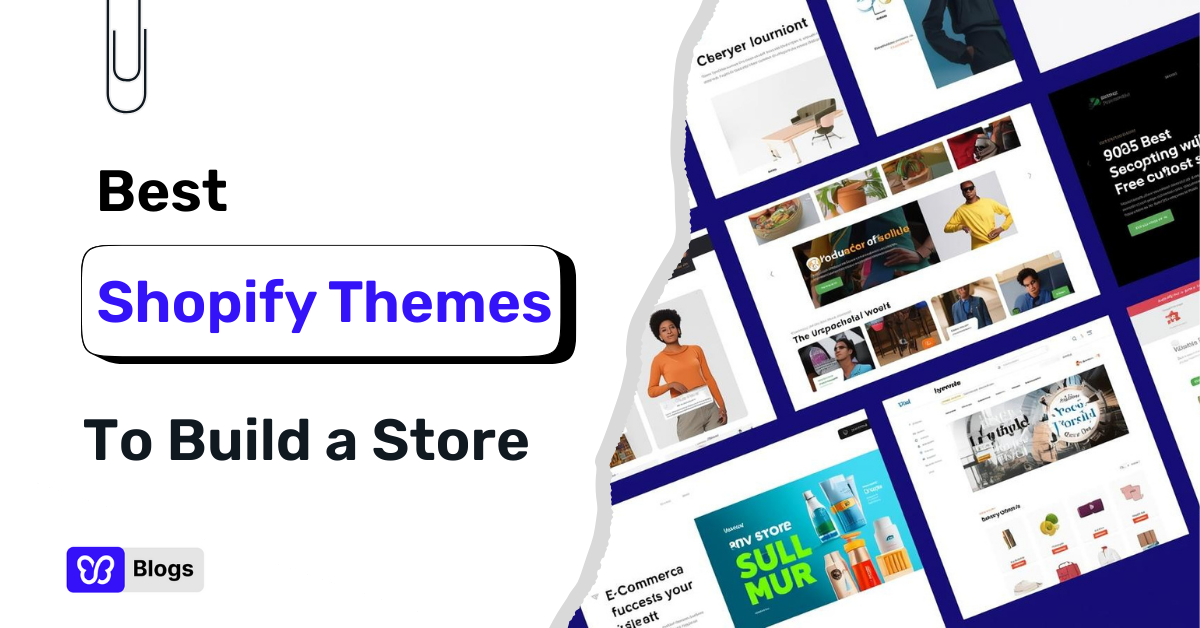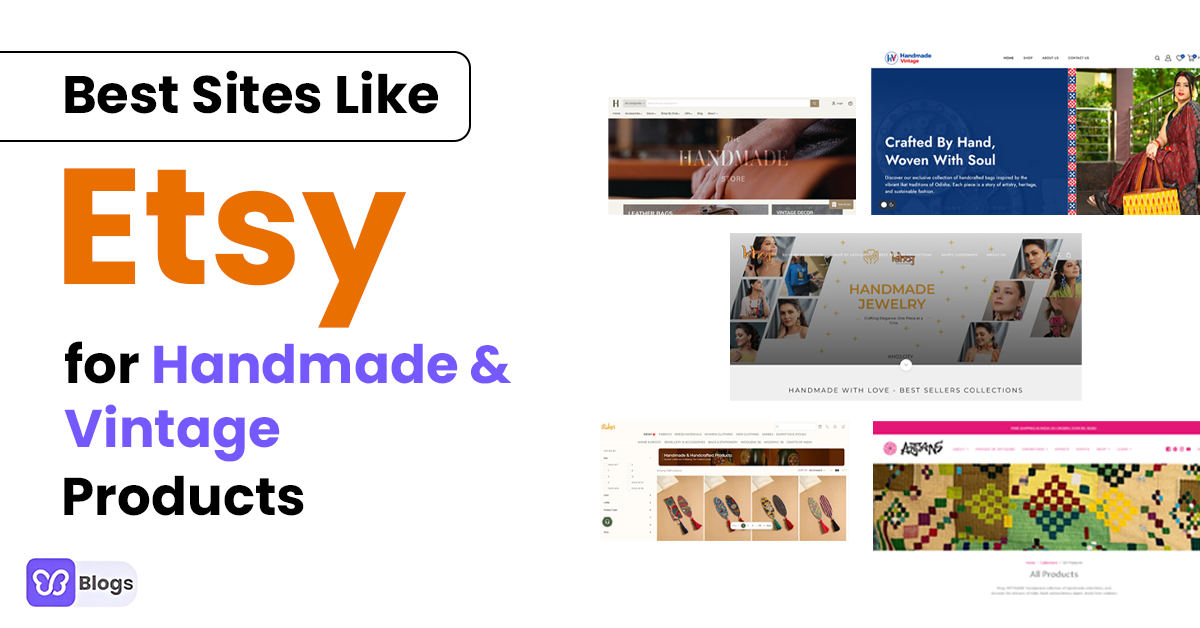To create compelling content that keeps users engaged, start strong with a compelling headline and introduction. Offer high-quality, informative content that fulfills the user's search intent and is well-researched, accurate, and relevant to their target audience's interests and needs.
Use engaging multimedia elements to enhance the content and keep it visually appealing. Write for readability by using clear, concise language, telling stories, encouraging interaction, and providing next steps.
Include interactive elements like quizzes, polls, or surveys to engage users and provide valuable insights into their preferences and interests. Provide the next steps at the end of the content, such as suggesting related articles, inviting subscriptions, or prompting further exploration.
Use internal linking to encourage users to explore more content and optimize page load time to provide a smooth user experience. Monitor and improve content strategy by using analytics tools to track user behavior and identify areas for improvement. Understanding your audience's needs and interests is crucial to delivering content that resonates with them and keeps users on the page longer. By providing valuable information in an engaging format, you can increase the likelihood of achieving your content goals.
To improve website engagement and user experience, it is essential to create compelling content, include internal links, improve readability, incorporate interactive elements, optimize page load speed, implement related content suggestions, and use exit-intent popups. To reduce bounce rates, improve website navigation, optimize page titles and meta descriptions, enhance user experience (UX), optimize landing pages, ensure content relevance, and implement A/B testing.
Creating high-quality, engaging content, including multimedia, videos, images, and infographics, is crucial for a user-friendly experience. Internal linking, clear headings, bullet points, and short paragraphs are also essential for user engagement.
Including interactive elements on web pages like quizzes, polls, and calculators can also engage users. Optimizing page load speed, optimizing images, and implementing related content suggestions can also help.
To reduce bounce rates, ensure mobile-friendly and responsive design, remove distracting elements, and optimize landing pages. Regularly updating and refreshing content matches the search intent of your target audience, and regularly updating and refreshing content can help maintain relevance.
Lastly, provide a clear value proposition, clearly communicating what your website offers and why visitors should stay, and highlight unique selling points and benefits. By implementing these strategies and continuously monitoring and analyzing website metrics, you can increase time on site and reduce bounce rates, leading to improved user engagement and satisfaction.







